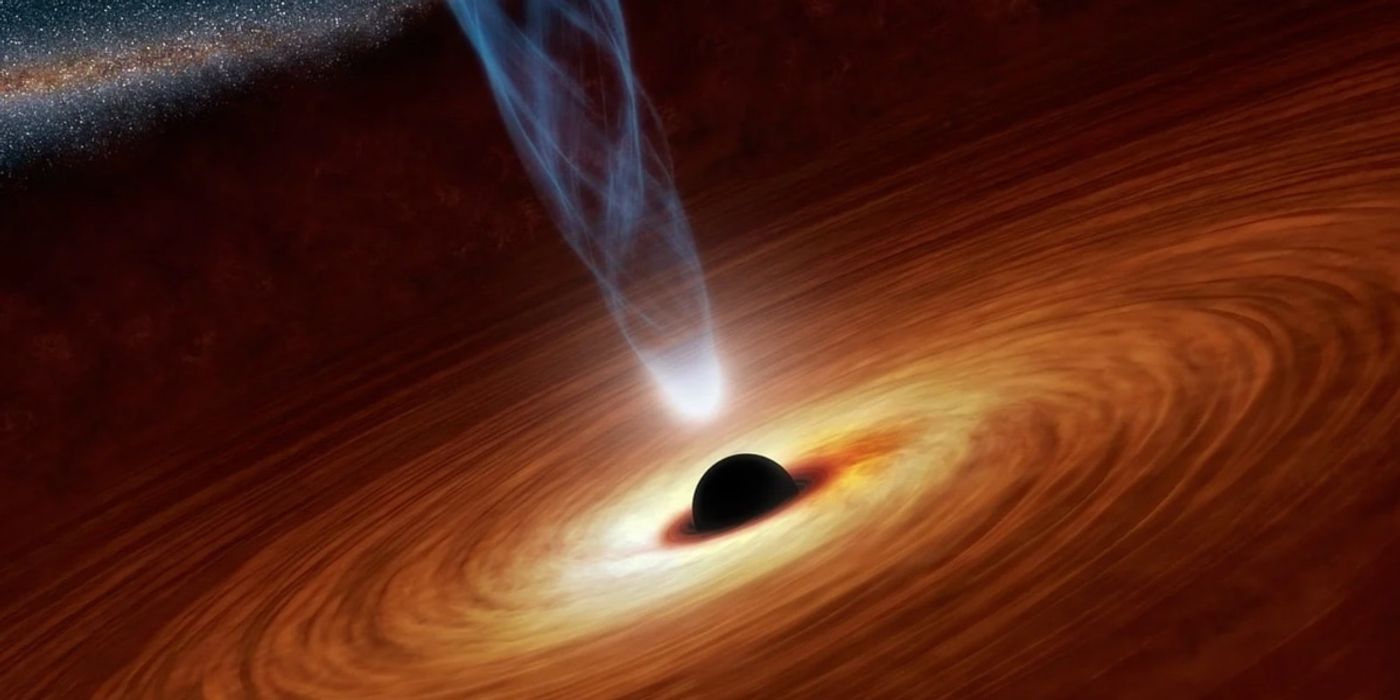Astronomers Discover Earth's Nearest Black Hole Yet
Black holes are a niche part of astronomy that have captivated some of the greatest astronomers and physicists for decades. Unfortunately, our inability to observe them directly with the naked eye has made studying them and their fundamental physical nature a challenge. In fact, it was just recently that astronomers debuted the first direct image of a black hole, and it’s still fuzzy due to the nature of these incredible forces.
Image Credit: Pixabay
The majority of known black holes are rather distant, only made evident through the lenses of astronomers’ powerful space telescopes because of abnormal circumstances that help them stand out. For example, black holes are known to sometimes exhibit bright jets of outward-flowing X-rays that some describe as a stellar ‘burp.’ In other cases, we witness the stars around them being torn apart by the incredible gravitational force.
But just this past week, astronomers with the European Southern Observatory (ESO) announced that they found the closest-known black hole to Earth to date. The lucky contestant seems to be a smaller black hole dubbed HR 6819 that resides in the constellation Telescopium. Furthermore, it exists a mere 1,000 light-years away from Earth, surpassing the previous record-holder V616 Monocerotis at 3,000 light-years away.
The findings are now published in the journal Astronomy & Astrophysics.
In a public statement, the astronomers note how they discovered HR 6819 using the MPG/ESO 2.2-meter telescope at ESO’s La Silla Observatory in Chile. The notes also describe HR 6819 as a triple system, being comprised of one black hole and two other stars. It’s worth noting, however, that the black hole’s presence was only made evident by the surrounding stars’ behavior, as we still can’t ‘see’ a black hole.
"We were totally surprised when we realized that this is the first stellar system with a black hole that can be seen with the unaided eye,” commented lead researcher Petr Hadrava.
Related: What makes black holes so mysterious?
From what we can gather, HR 6819 is comprised of approximately four times the mass of our Sun, however all that mass is condensed into a point just 7.5 miles wide. Interestingly enough, HR 6819 isn’t exhibiting a violent effect on its nearby stars – in other words, it’s not sucking them in just yet. Instead, astronomers discovered HR 6819 upon noticing the speed of the other stars – the innermost orbiting very quickly and the outermost orbiting very slowly.
Related: This supermassive black hole ejected matter faster than 99% the speed of light
The astronomers behind the discovery acknowledge that this may just be the tip of the iceberg. There could be many other black holes just like HR 6819 hiding in plain sight, and perhaps residing even closer. Some astronomers are already turning their attention to a system dubbed LB-1, which supports a similar triple system setup, albeit slightly farther away from Earth than HR 6819.
It should be interesting to see if or when astronomers will find a black hole closer to Earth than HR 6819. Perhaps finding black holes in closer proximity to Earth will make studying them slightly easier, but then again, only time will tell.
Source: Astronomy & Astrophysics via ESO









